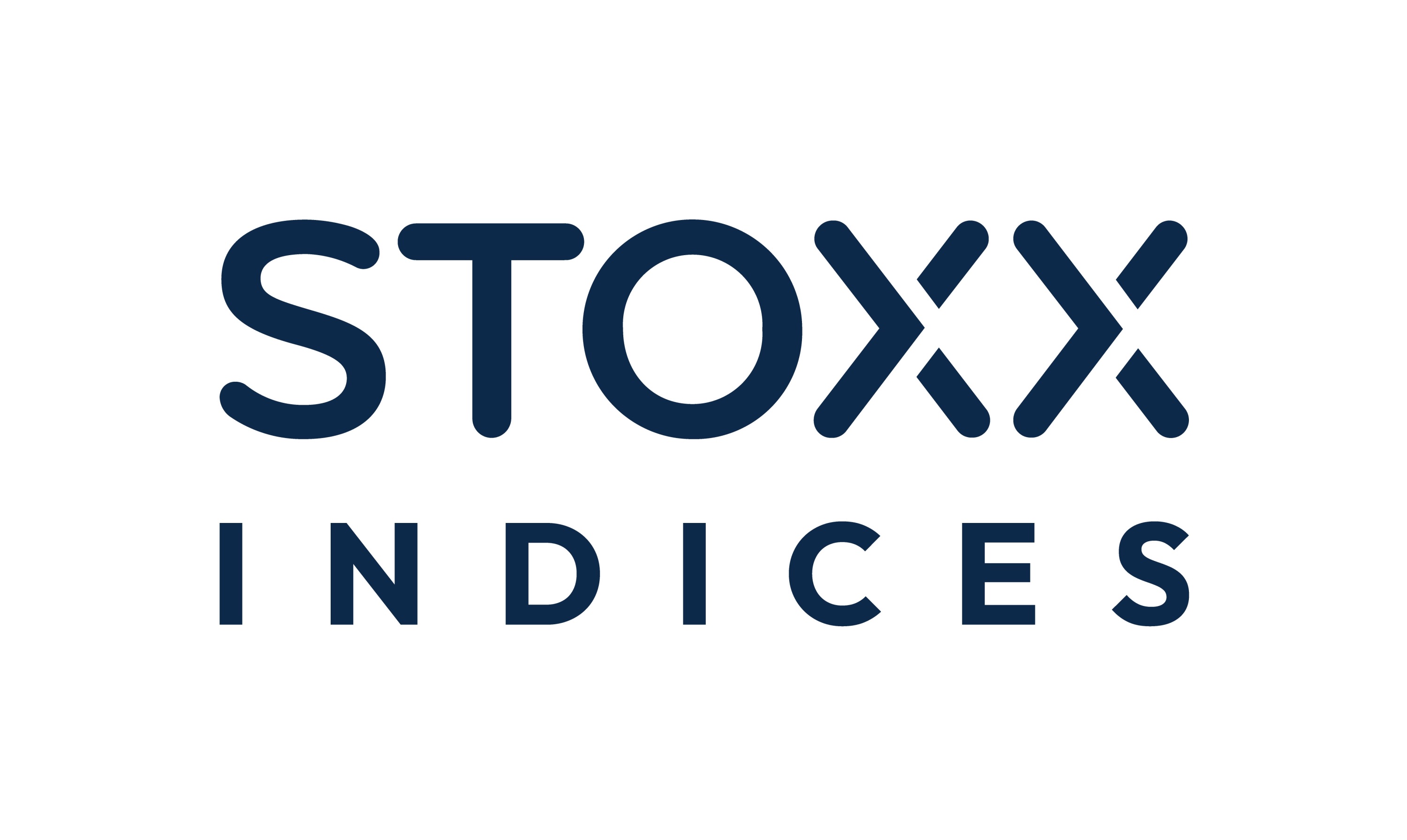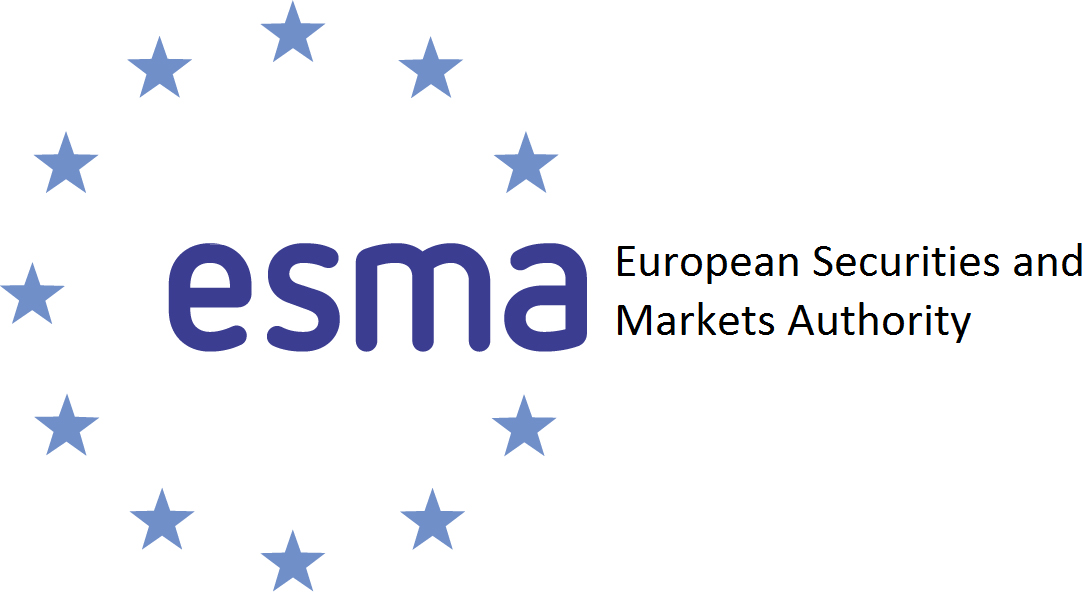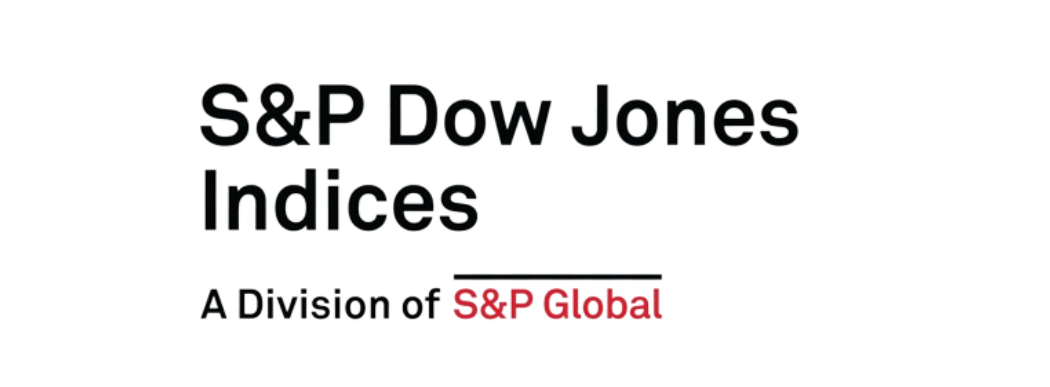This article first appeared in ETF Insider, to read the full edition, click here.
In May 2024, the European Securities and Markets Authority (ESMA) published its new guidelines around the use of ESG and sustainability-related terms in fund names. The purpose, according to ESMA, is to reduce the risk of ‘greenwashing’ – something highlighted by Tariq Fancy, BlackRock’s former chief investment officer of sustainable investing, in his 2021 essay series titled The Secret Diary of a ‘Sustainable Investor’.
One pillar of Fancy’s polemic was that the noble aims of ESG were lost amid its use as a marketing lever. While Fancy’s essays remain controversial, the ESMA report touches on a misapplication of ESG he identified.
It found that: “Competitive market pressures create incentives for asset managers to include terminology in their funds’ names designed to attract investor assets, leading in certain instances to greenwashing, for example by making false claims about sustainability practices.”
“Not everything that is painted green is necessarily green,” said Claude Marx, director general of the the Commission de Surveillance du Secteur Financier’s (CSSF), the Luxembourg regulator, in a statement about greenwashing.
Clamping down makes sense. The new guidelines, though vague in places, are at least significant in scope.
According to STOXX, ‘stringent’ interpretation of the guidelines implies that 84% of ESG or sustainability-related funds hold at least one position in breach of Climate Transition Benchmark (CTB) or Paris-aligned Benchmark (PAB) exclusion rules.
This leaves the affected issuers with a choice: work with index providers to tighten up the methodology or drop the term from the fund’s name.
The guidelines
The ESMA guidelines, published in May 2024, came into effect for new funds in November and will apply to existing funds from May 2025. Six sustainability-related terms used in fund names are covered by the guidelines:
Sustainability
Environmental/ESG/SRI
Social
Governance
Transition
Impact-related terms
For ETFs using any of the above terms, at least 80% of investments must be used to meet environmental and/or social characteristic or sustainable investment objectives in accordance with the investment strategy. Funds using 1), 2) or 6) must apply the PAB exclusions and funds using 3), 4) or 5) the CTB exclusions.
ETFs with ‘sustainable’ in the name must invest ‘meaningfully’ in investments defined as sustainable under the Sustainable Finance Disclosure Regulation (SFDR). ‘Transition’ ETFs must ensure investments are on “a clear and measurable path to social or environmental transition”, and ‘impact’ ETFs must have the objective to “generate a positive and measurable social or environmental impact alongside a financial return”.
The vagaries
Various aspects of the ESMA criteria are “creating complexity...[by] leaving room for interpretation”, according to Solange Le Jeune, director, SI products at FTSE Russell. Clients therefore do not have a “consensual” understanding of the guidelines, she added.
For one, the 80% threshold can be interpreted in different ways. At a recent ETF Stream ESG Workshop, Antonio Celeste, global head of sustainability index product management at STOXX, said one possible reading is simply to invest at least 80% in securities which meet the relevant ESG or sustainability objective.
“But for passive funds it is more complex because of the need to replicate an index. Issuers want the index to comply and exclude at least 20% of the initial universe using ESG filters,” he explained.
Further fog comes from the use of unspecific terms like ‘meaningful’ and ‘measurable’.
The scope
Celeste added 56% of funds using ‘transition’, ‘social’, or ‘governance’ labels had at least one holding in breach of a ‘baseline’ interpretation of CTB exclusion rules.
Meanwhile, of funds using ‘sustainability’, ‘environmental’, or ‘impact’ in their name, 76% had at least one holding in breach of ‘baseline’ PAB exclusions.
Based on a ‘stringent’ interpretation of the guidelines, 84% of funds will be affected according to STOXX’s numbers. That is a lot of names changes or methodology alterations to be implemented by next May.
The outcome?
Le Jeune told ETF Stream that a “variety” of approaches have been observed by FTSE Russell. “Some clients have decided to change the name, some have decided to upgrade or tighten the methodology.”
Indeed, the early running suggests as much. Solactive tweaked the exclusion methodology on its Wilder Hill range of indices to “ensure that all funds tracking these indices retain their ‘ESG’ or ‘sustainable’ designation in their names, thus preserving their appeal to investors.”
Axel Lomholt, general manager at ISS STOXX, told ETF Stream that the group is opting to take the “hard” approach of “doing some surgery” on the methodology.
S&P Dow Jones Indices, on the other hand, recently informed clients of its plans to rename some sustainability and ESG related indices. "While ESMA’s fund naming guidelines do not apply to index providers, the name changes are being implemented due to the close correlation between an index name and the name of an index tracking investment fund,” the group said.
MSCI, similarly, is renaming a handful of its ‘ESG’ and ‘impact’ index families following a consultation with clients. The MSCI ESG Leaders Indexes will become the MSCI Selection Indexes while the MSCI Sustainable Impact Indexes are shedding ‘impact’ from the name.
For Celeste, “my feeling is that issuers will eventually evolve and want to change the methodology, but in the short-term we may see that some change the name just to keep the fund as it is."
It ultimately comes down to their “own product and marketing strategy,” said Le Jeune.








